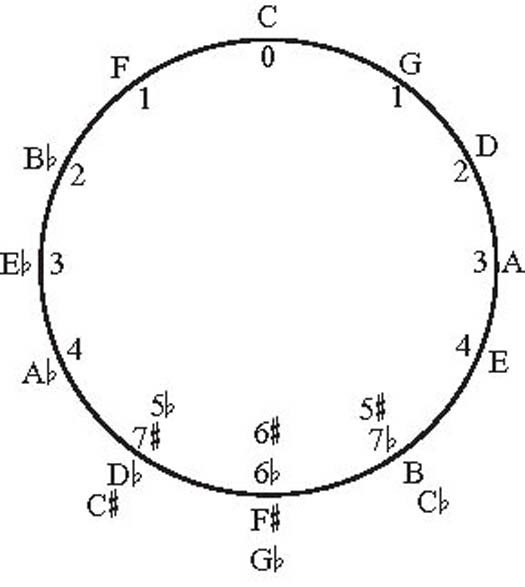Mr. Big Noodles
Theory God
Your thread was very helpful, by the way. I struggle to explain modality to people, but can tell it when I see it. You wrote it out beautifully. A jazzy approach, but entirely in the vein of true modal music. It's great to have such knowledged people on this forum like you and TonalArchitect.


 but in that thread I discuss how a lot of the time modes are explained relatively: C ionian is to D dorian is to E phrygian, etc. The scales that share the same notes, and are modes of each other, are categorized together. But I find a more practical approach is to view the parallel modes. C ionian is to C dorian is to C phrygian. They don't have the same notes, but they have similar tonalities, at least in the sense that they're in "C" keys.
but in that thread I discuss how a lot of the time modes are explained relatively: C ionian is to D dorian is to E phrygian, etc. The scales that share the same notes, and are modes of each other, are categorized together. But I find a more practical approach is to view the parallel modes. C ionian is to C dorian is to C phrygian. They don't have the same notes, but they have similar tonalities, at least in the sense that they're in "C" keys.



 . I know it's a pain for me to try to score music and I write so many harmony parts or rythmn/lead parts it'd be really cool to see all that as you hear it. It'd also help others to hear the "rythmn" of the riffs and melodies.
. I know it's a pain for me to try to score music and I write so many harmony parts or rythmn/lead parts it'd be really cool to see all that as you hear it. It'd also help others to hear the "rythmn" of the riffs and melodies.